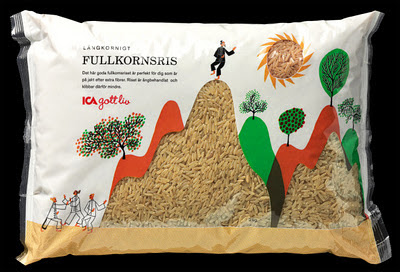textures vary tremendously, from smooth to rough, spiky to bumpy, shiny to matte, crinkly to fluffy.
-value and contrast play a large role in the depiction of textures, through the variation of light and dark areas in the form of a pattern
...notice the way in which the curly fur of the dog is painted below, through the use of alternating values in a soft, swirling pattern
 |
| George Stubbs |
 |
| George Stubbs (detail) |
-rough, bumpy surfaces can be depicted through quick, small changes in value and color in an irregular pattern
 |
| Chuck Close |
 |
| Lucian Freud (detail) |
-the varied use of the artist's medium and tools can be used to describe texture, i.e. paint built up, scraped away or dripped onto a surface
 |
| Van Gogh |
 |
| Justin Van Genderen |
-it can also be suggested through simplified, abstracted use of patterns and lines
 |
| Studio 3 Pieces |
 |
| Kazumasa Nagai |
-texture can create visual interest in an otherwise flat composition
...with textural surfaces coming forward in pictorial space, and smooth surfaces receding





No comments:
Post a Comment